Moonshot: The Story Of The Light Car Company Rocket
It was the car Gordon Murray had always wanted to build: an ultra-light performance road car whose power-to-weight ratio was determined by the weight rather than the power, with an absolutely minimal mass and designed with no rules or regulations in mind other than the bare minimum to make it road-legal. Starting with a clean sheet of paper and little more than the desire to build the lightest production road car of all time, Murray and racing driver Chris Craft went on to produce one of the most extraordinary cars ever made.

Their story is told in Clive Neville’s “The Light Car Company Rocket - The Singular Vision of Two Men”, a richly illustrated book from Porter Press which tells the complete story of the Rocket, a car of which only 47 examples were built. If you've ever wondered what it really takes to build a race car for the road, or why even genius ideas sometimes struggle to make it into production, read on...
Written by Hector Kociak for The Apex by Custodian. Edited & produced by Charles Clegg and Guillaume Campos. Many thanks to Porter Press (https://porterpress.co.uk/) for lending The Apex the book to review.
The Genesis
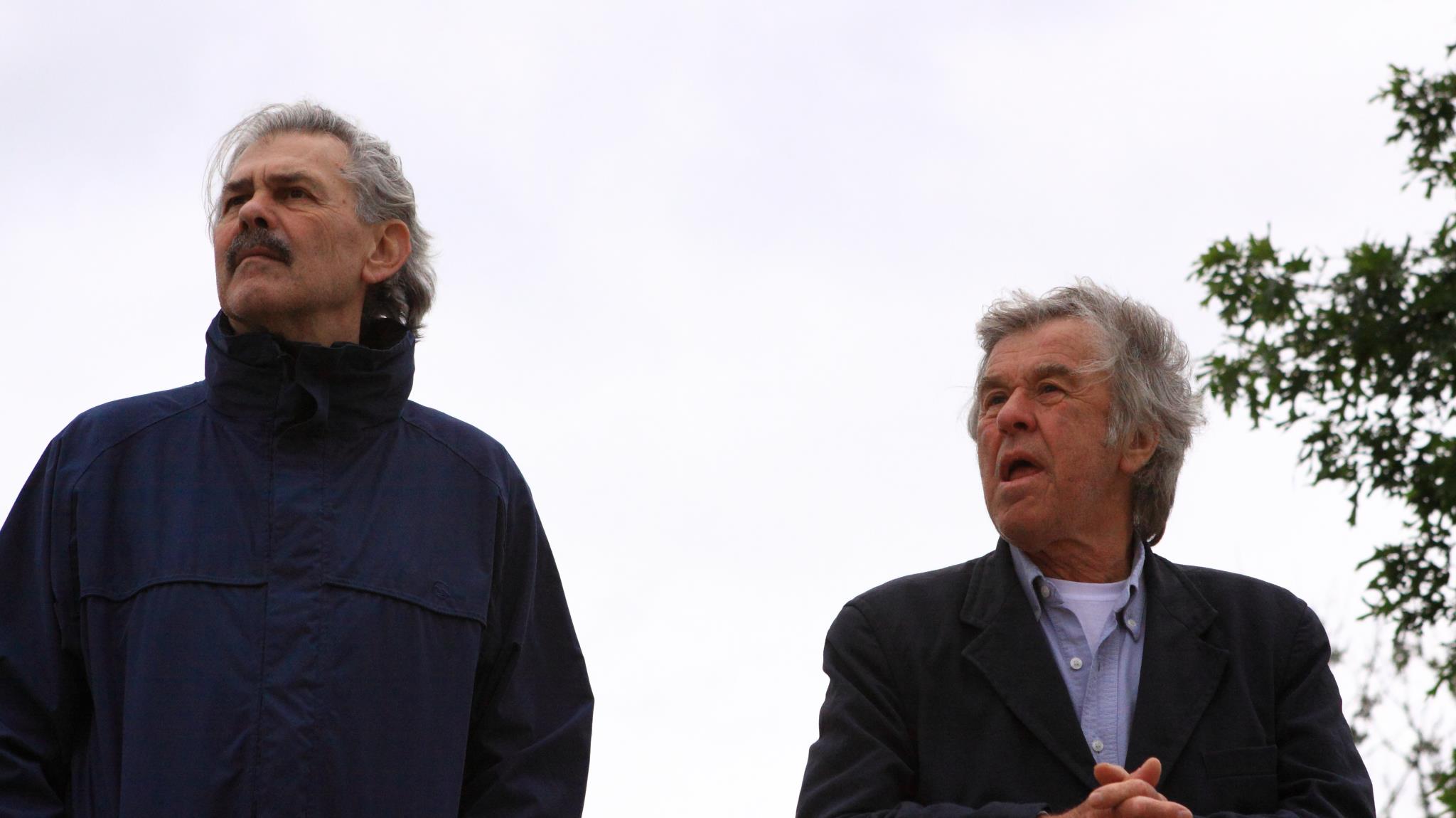
The story of the Rocket as told in “The Light Car Company Rocket” is not about two men wanting to conquer the world of supercars with a market-leading (albeit quaint) creation. In fact Chris Craft, a successful racing driver, and famed designer Gordon Murray simply wanted to build a road car for themselves which gave them a thrill like no other. The tale begins in the early 1970s, after Craft had raced the Murray-designed Duckhams LM Cosworth car for Alain de Cadenet at Le Mans in 1972. While the blocky yellow racer was not destined for any great success that year, it was a rapid and effective design which got Craft and Murray thinking about the production of a light and pure racing car for the road.

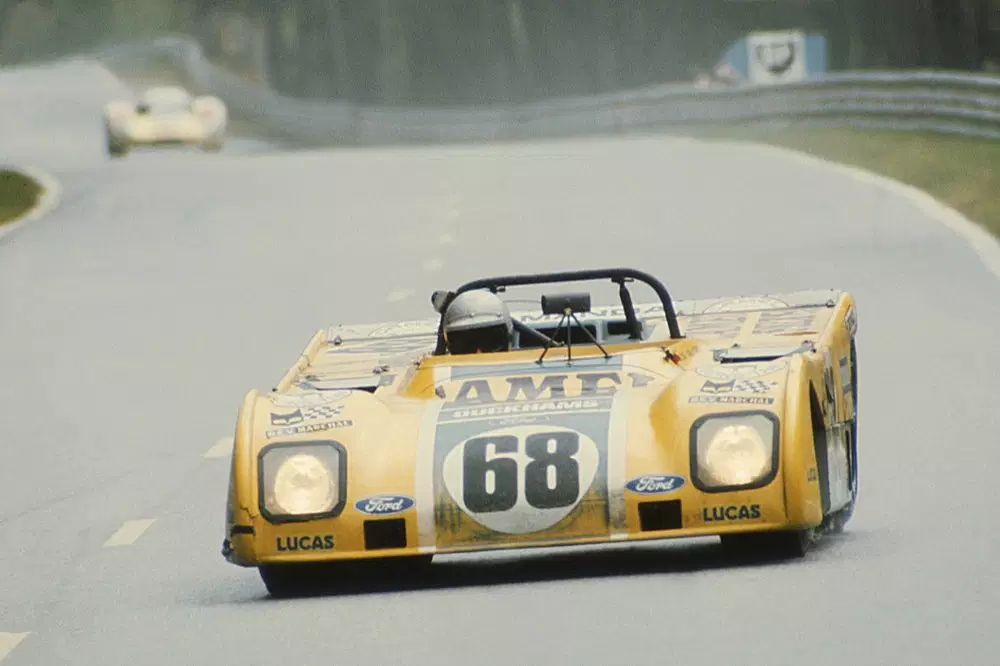
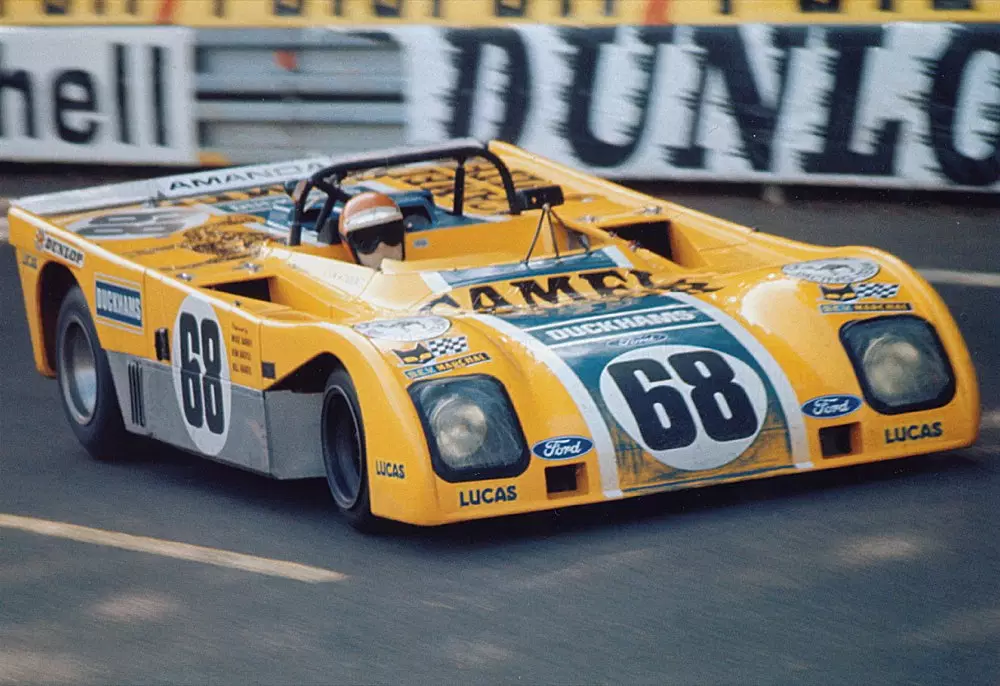
It would take 15 years before anything else was done; Murray would make his legacy as a supreme F1 designer at Brabham and McLaren, and Craft would continue racing alongside various business ventures. It was only in the summer of 1989, shortly after Murray had left the McLaren Formula 1 team to work on what would later become the McLaren F1, that the pair decided to embark on the Rocket project. According to Neville’s account, the decision was taken at Murray’s chateau in the Dordogne one night after consumption of most of a case of wine and a fair amount of whisky, with the important discussions taking place in the jacuzzi (rather like the editorial meetings at the Apex!). The first designs were sketched out somewhat shakily at the kitchen table at night, in the hazy awareness that Murray would only have around four to six months to devote to the project before responsibilities at McLaren would make further work impossible. Or so they thought!
The Design
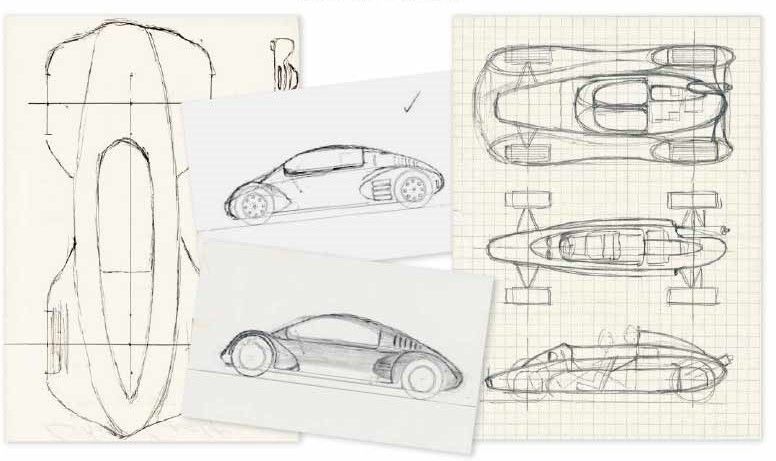
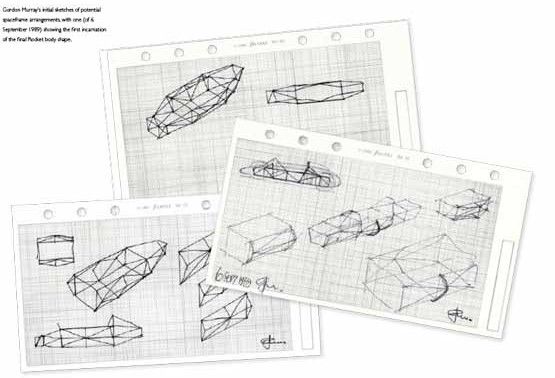
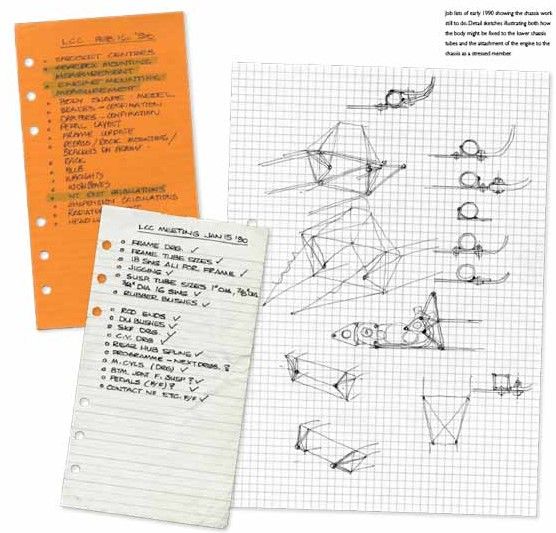

It was evident from the beginning, at least to Murray, what the Rocket was supposed to be: the lightest road car of all time, lighter than Chapman’s Lotus Seven, with an unbeatable power-to-weight ratio, an open cockpit, and styling reminiscent of a 1950s racing car. He drew on his experience in Formula 1 to design a fully triangulated space frame made of mild-steel tubing, the dimensions and loadings of which were calculated entirely by hand in an era before the arrival of CAD. In a stroke of bold innovation for the time, the car would also be powered by a compact, all-alloy Yamaha FZR1000 EXUP motorcycle engine, which critically would be a fully stressed member of the chassis. 385kgs of car and 1000cc of engine - it was a potent combination.

With the assistance of master fabricators and engineers Bob Curl, Tony Mundy, and Peter Weismann, the Rocket came together slowly over time as a collection of smart design decisions, workarounds, and some phenomenally clever engineering. This included a newly designed transaxle deploying two concentric gear shafts which also provided the Rocket with five reverse gears (and the ability to hit around 100mph going backwards!), completely bespoke suspension, Formula 3 brakes, and no driver aids. And then you had the unique body shell, tweaked for months and then painstakingly scaled up from sketches by Bob Curl and cast in glassfibre using traditional wooden buck methods. All in all, the design cycle of the Rocket took 18 months and many, many late nights from Gordon Murray and the team, with the first prototype (R001) gingerly taking to a car park in April 1991. They just don’t make them like this any more.
Launch and Production
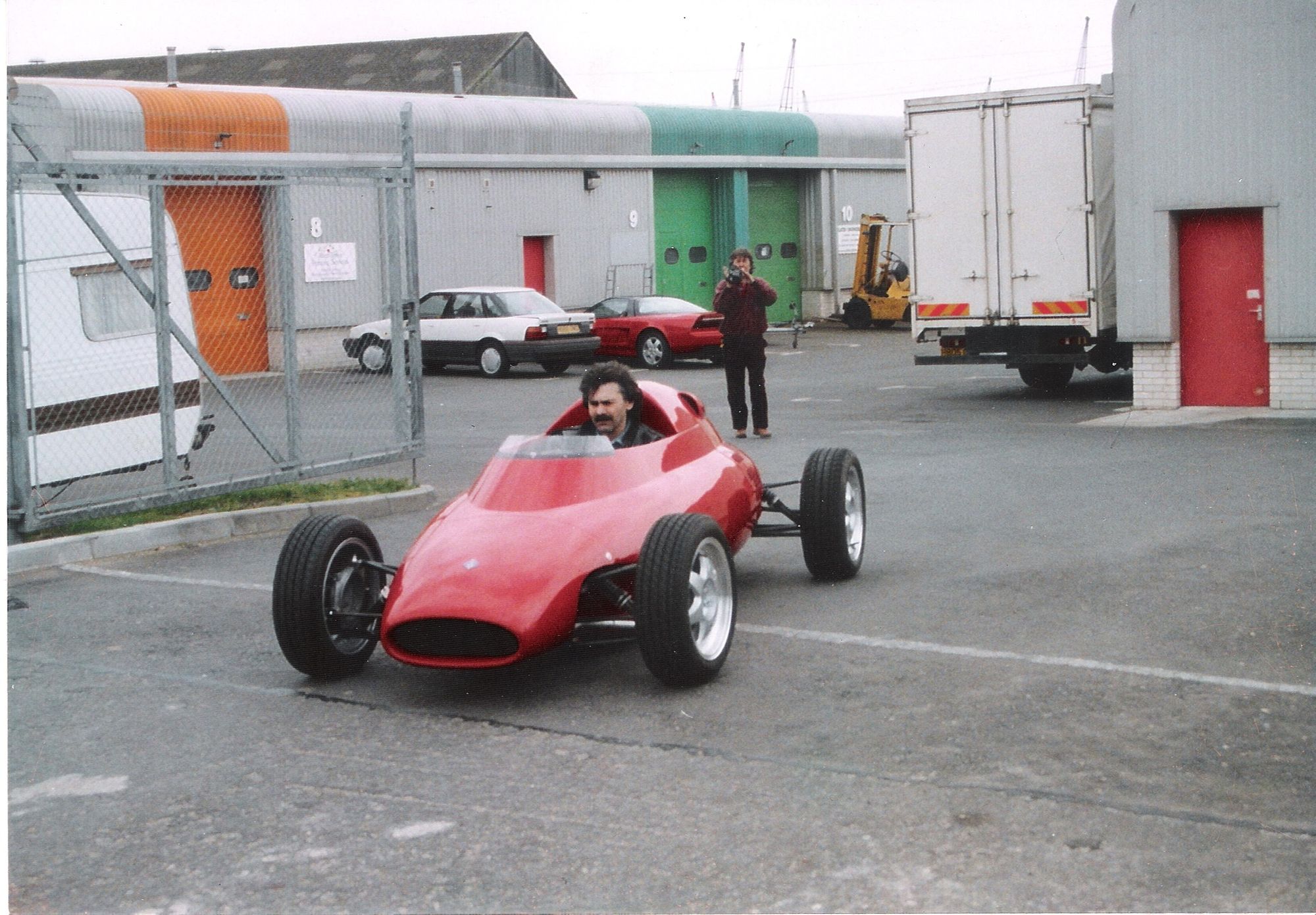
The life of a small car company is perilous to say the least, and even with an illustrious team behind it, the hand-built Rocket would prove a challenge to produce in large numbers. A star-studded launch event at London’s Design Museum in June of 1991, introducing the world to the Light Car Company, led to huge interest in its exciting new car, not least from enthusiasts like George Harrison and Rowan Atkinson. The press releases extolling the virtues of the Rocket claimed that it could be delivered at a cost of £28,000 - which turned out to be a gross underestimate. Worst of all, at the time of the Rocket’s launch, it hadn’t really been properly road tested...
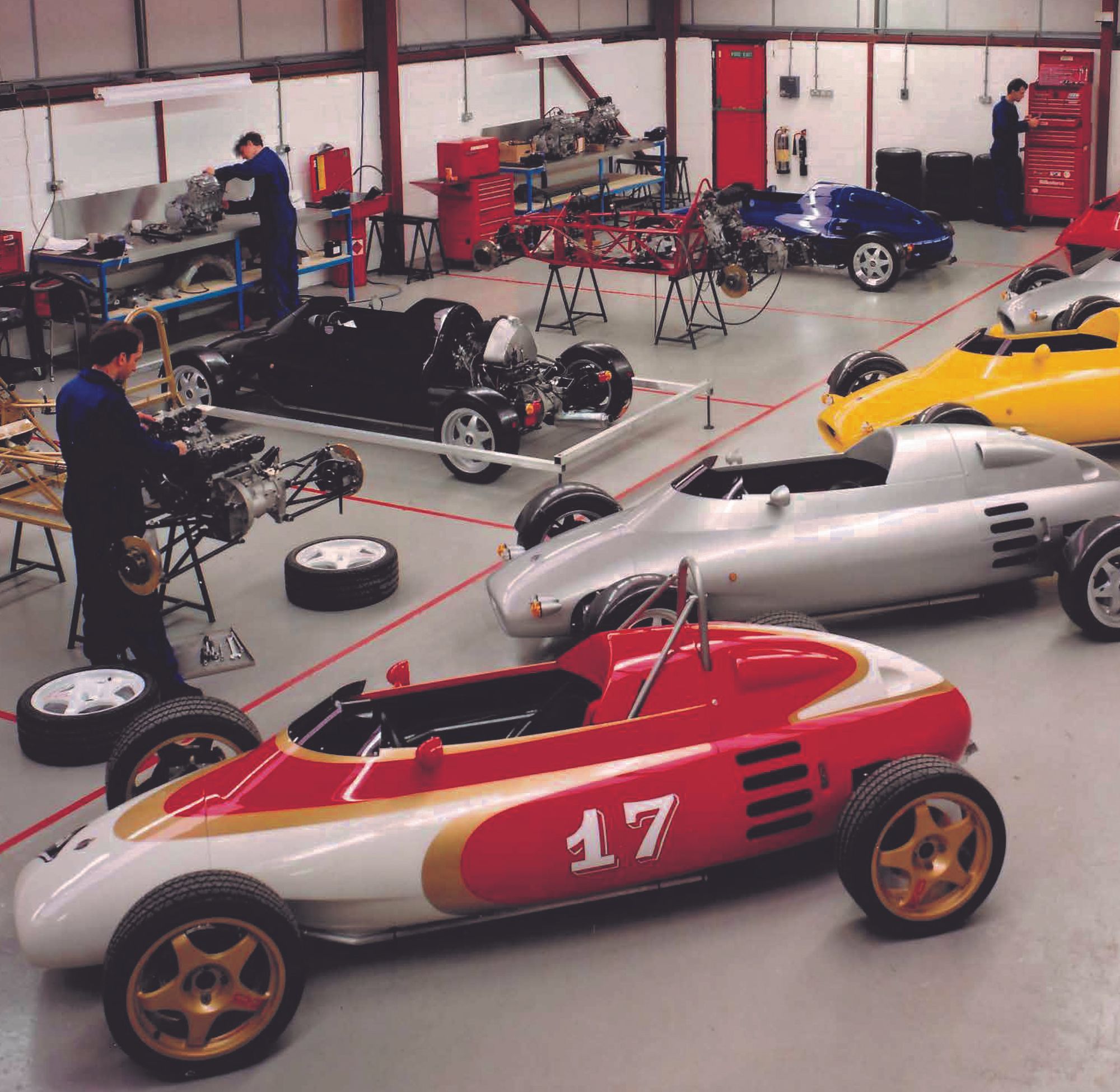
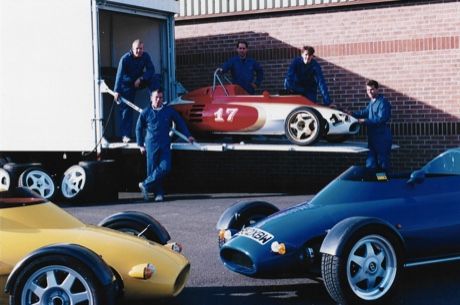

A concerted effort was made to iron out final niggles while production cars were being assembled by hand at the company factory at St Neots near Cambridge (chosen because of its proximity to Titan Motorsport and Arch Motors, who assisted with the production of the Rocket’s highly bespoke space frame and components). No one chassis was exactly like another, and while the car was fastidiously well engineered, the assembly process was decidedly manual and nothing like a rapid modern production line. While an agonisingly slow drip of completed cars emerged from the St Neots factory, test chassis R001 nonetheless continued to be thrashed by journalists and receive plaudits despite a revised price of £38,000. The raw thrill of the driving experience, relying on delicacy over sheer power, was truly unlike anything else on the road. Jeremy Clarkson summed up the response of the specialist press best in Performance Car magazine: “Sell your Elan, sell your bottom, peddle drugs, become a pimp, hold up an airliner but, for God’s sake, get yourself a Rocket!”.
Unfortunately for the Light Car Company, slow small-scale production over the years was not helped by a recession which hit in mid-1993. With only around 18 cars delivered and the order book drying up by that point, the prospects of the business became rather shaky. Production was moved to Harlow in Essex and later to Stanford in West Oxfordshire, with a mere handful of cars built in the mid-1990s. Luckily the Rocket continued to be popular as a cult vehicle, so much so that despite an abortive announcement of a one-make Rocket race series in 1995/6, further investment was found to keep the production of the car going until 1998 - just about.









By the early 2000s, changes in vehicle legislation meant that it was increasingly difficult to produce Rockets to original specification. The last batch of Rockets (using a number of original chassis which had lain unused since the late 1990s) were produced at Chris Craft’s production premises in Chigwell between 2006 - 2011, with a number of necessary modifications and substitutions to bring the componentry into the modern age.
The Legacy of the Rocket
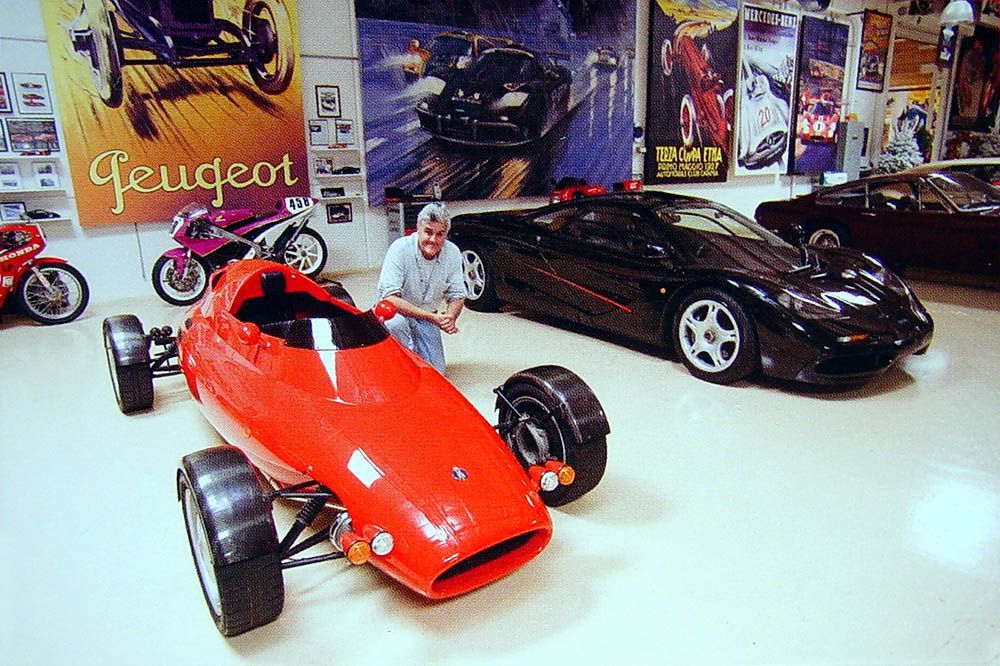
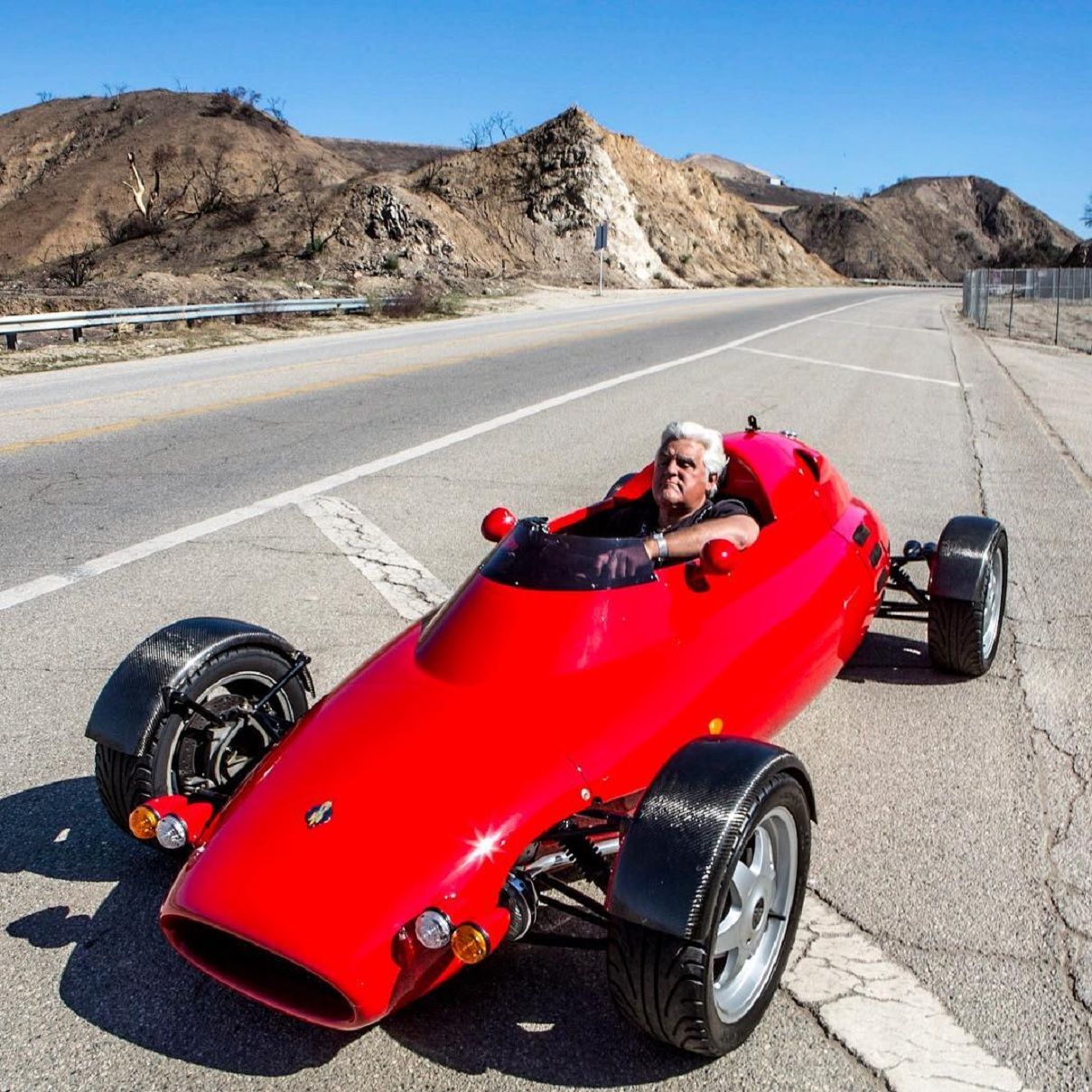

While Neville concludes the story of the Rocket in 2011 (which is when the text was completed), as the author admits, it has taken the best part of a decade to source the photographic materials for it from the personal archives of those involved with it. Luckily this seems to have been time well spent, as they provide strong supporting evidence for the claim that the Rocket was a landmark in the history of the performance car.
If you study the photographs and design sketches from the Rocket’s design process and production carefully, you see a vehicle designed by a group of people for whom quality was of the utmost importance; the fit and finish of the components, the attention to detail, and the ultimate efficacy of the design of everything from the spaceframe to the cockpit elements is extraordinary. While car enthusiasts these days are familiar with the idea of motorcycle-powered performance cars, as well as mind-bending road racing creations like the Ariel Atom, the Rocket was the first to pave the way (and some would still say the best).
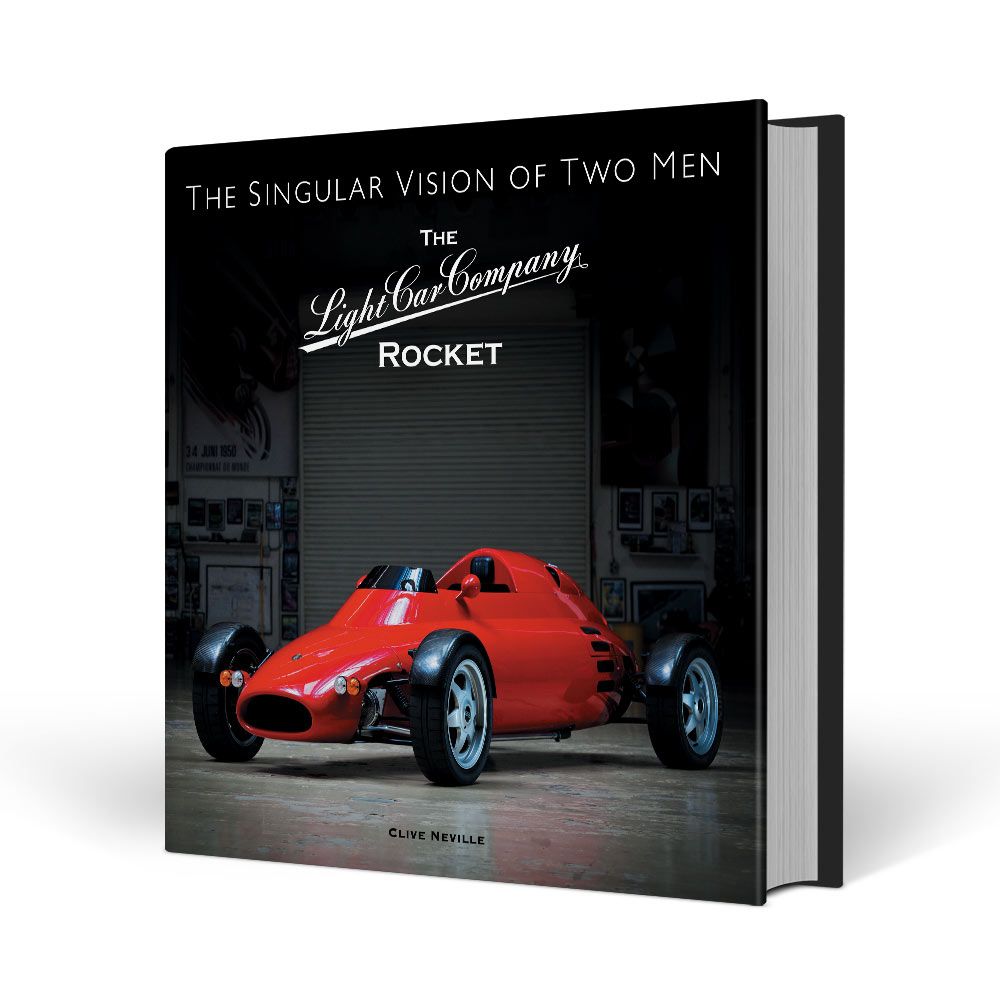
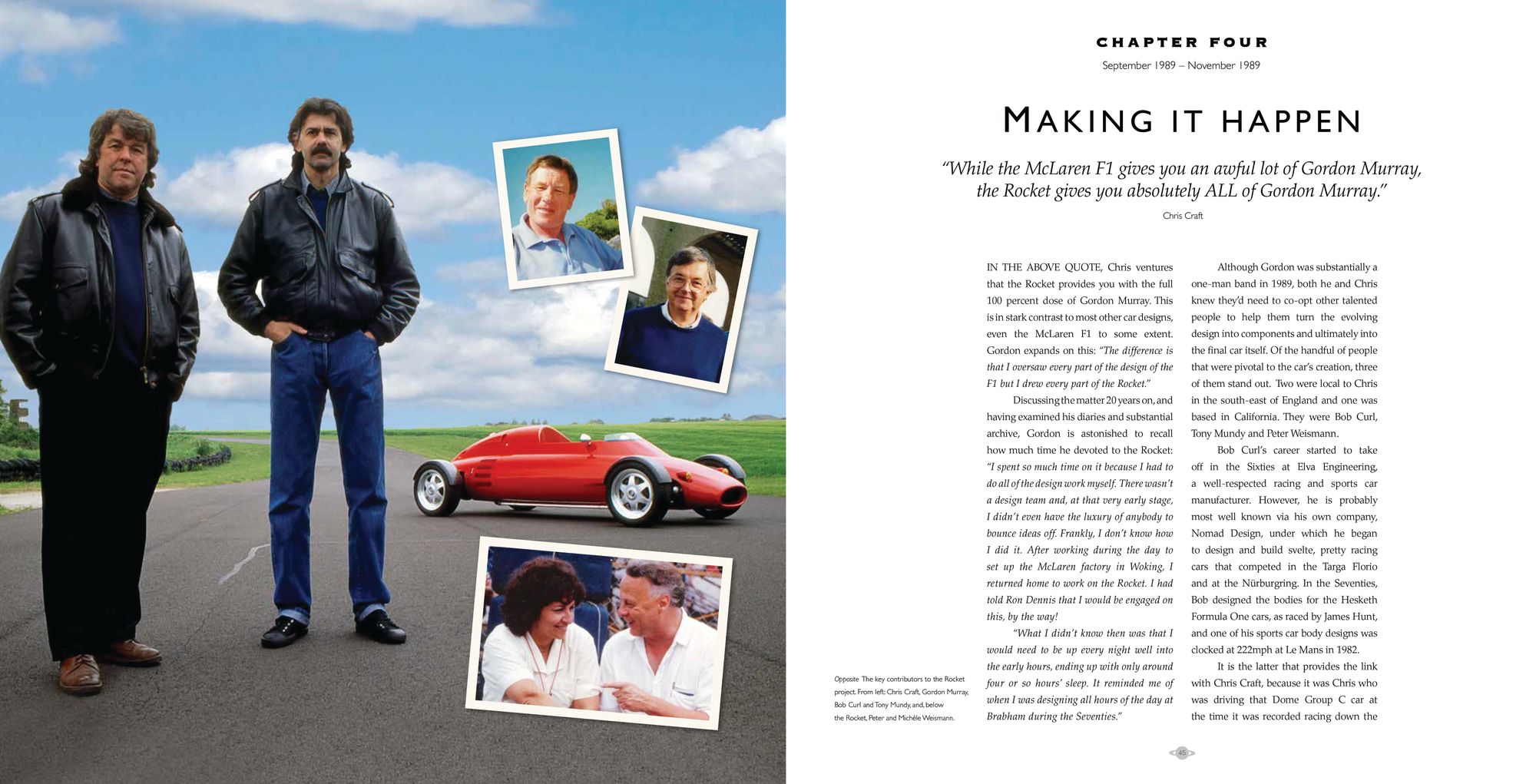
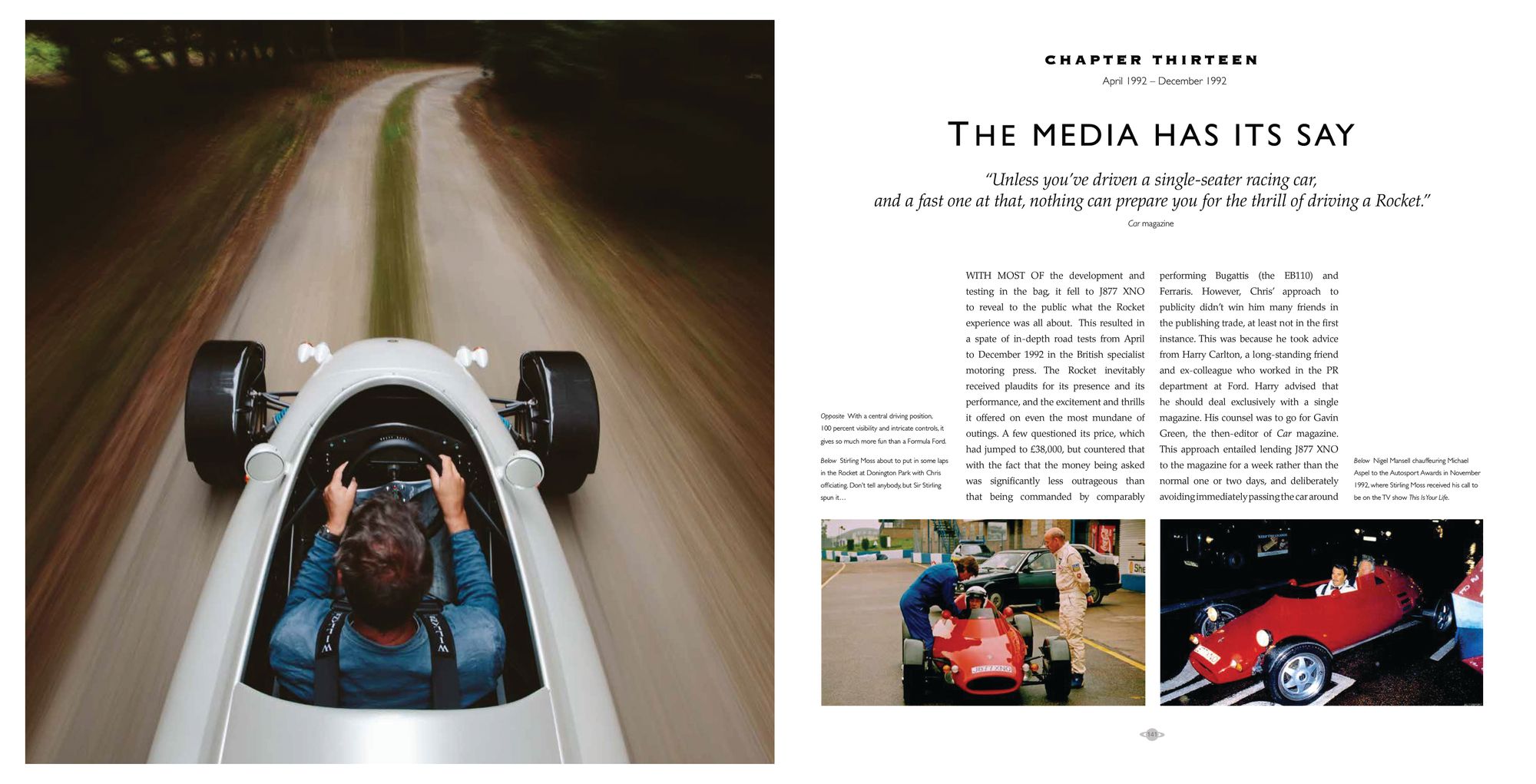
Neville’s book is a joy to leaf through, not least because of the insight we get into just how much painstaking work went into producing even the simplest, lightest, and purest sports car Gordon Murray could conceive. It makes a convincing case that the Rocket is still under-appreciated in enthusiast circles, and has a place on any automotive bookshelf. It is certainly enough to have prompted us at the Apex to pick up our phones in search of an elusive test drive. And if you won’t take our words for it, take Gordon Murray’s, as quoted in the final pages: “It’s the car I always wanted to build, and it turned out much better than I ever expected!”.
To find out more about Clive Neville’s “The Light Car Company Rocket - The Singular Vision of Two Men” please visit the Porter Press's website at https://porterpress.co.uk/collections/rocket/products/light-car-company-rocket.

